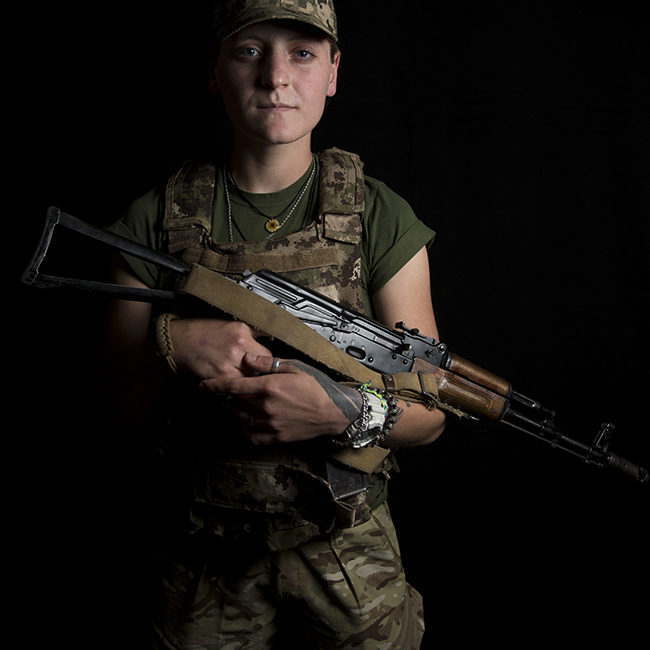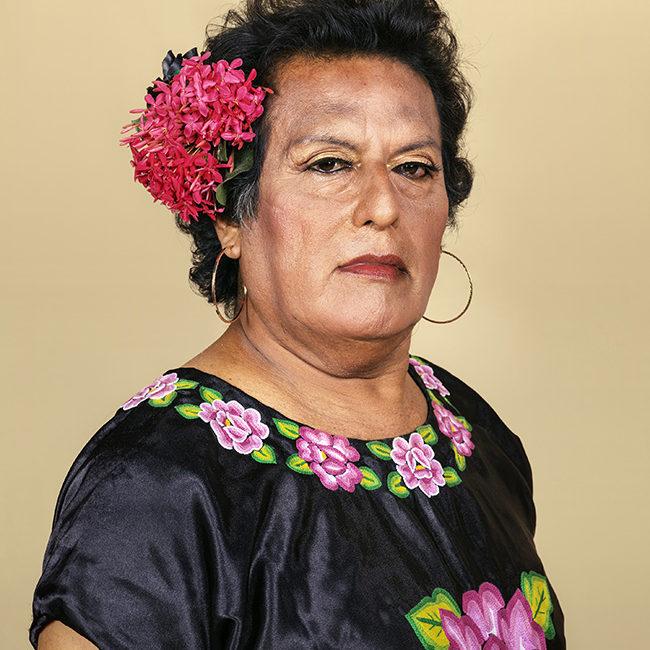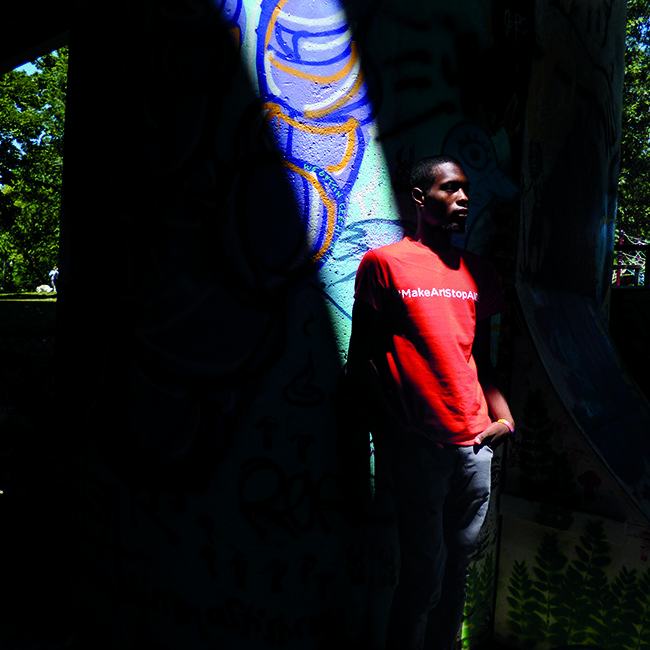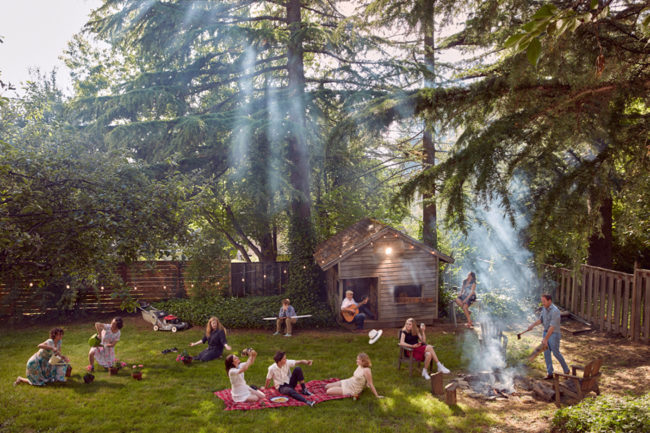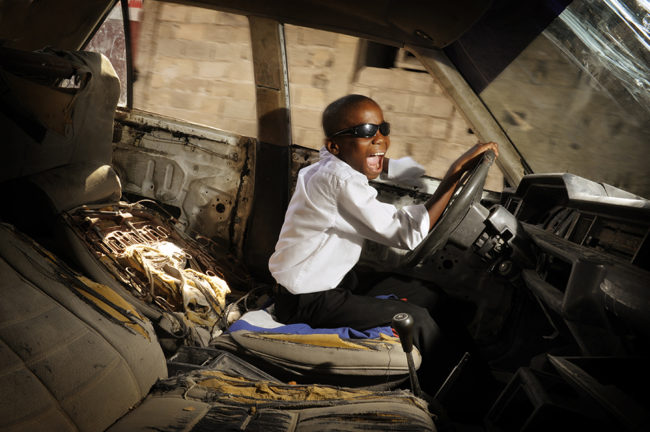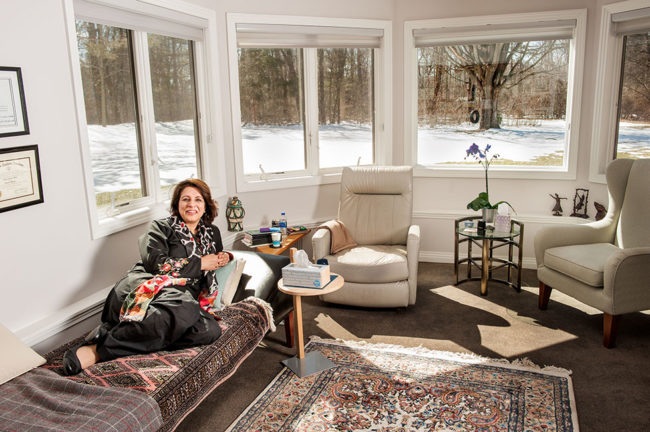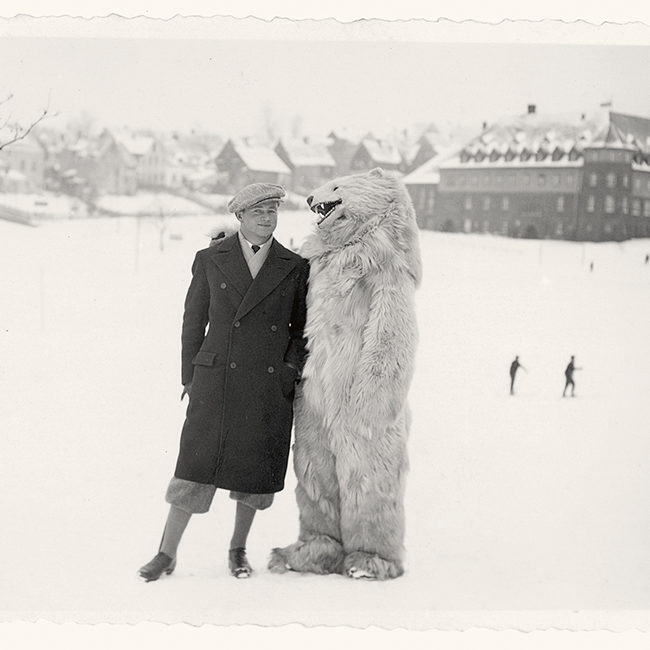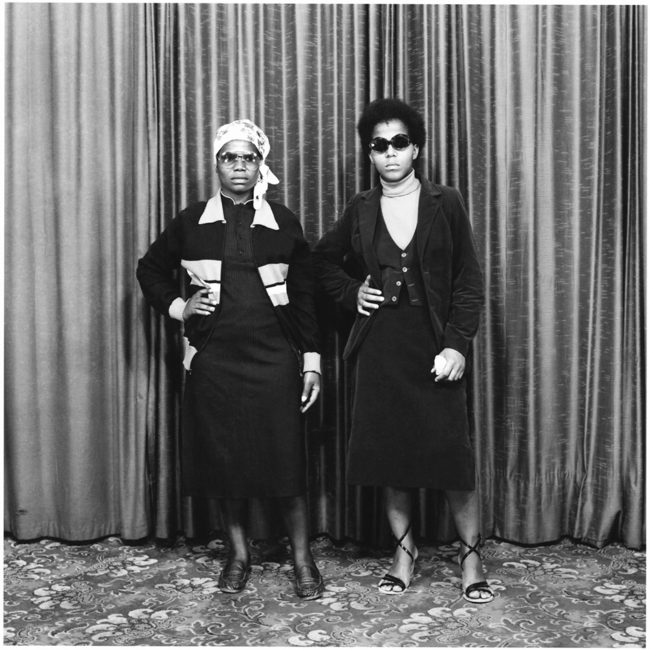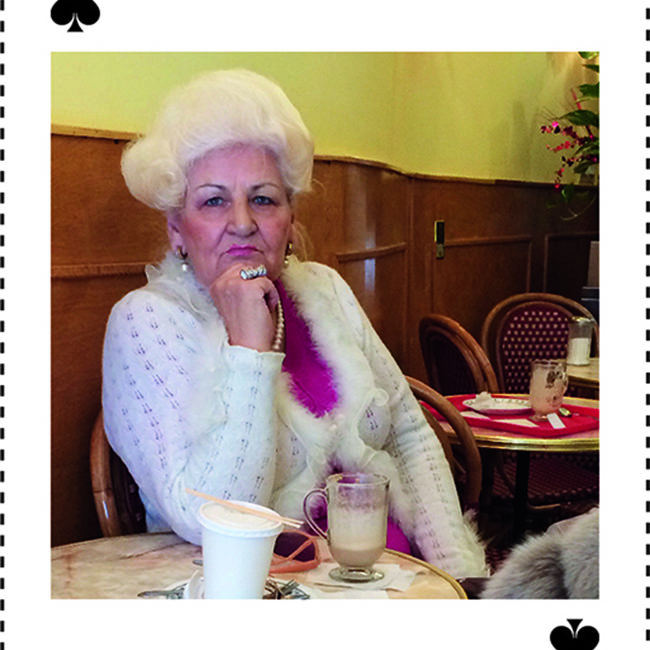I recently met Tracy Keza at the International Women Media Fund Leadership Bootcamp in Kenya. She’s a Rwandan photographer, whose striking body of work “Hijabs & Hoodies” left me as impressed. As did her passion for the project itself. This work is timely and important.
I asked her a couple of questions:
PDN: Describe Hijabs & Hoodies to someone that is seeing it for the first time?
Tracy: Hijabs & Hoodies is a multi-disciplinary project, a portrait initiative that questions the dress code for America and the intersection between anti-Blackness and Islamophobia. With this series I dissect the intersectionality between race and religion in America and the association of hate crimes between both Black and Muslim communities, specifically Muslim women and Black men. By choosing to exhibit these portraits I’m asking people to encounter these faces that are unavoidable. It gives them a sense of visibility and presence. I want to subvert the idea that a black man in a hoodie is somehow dangerous or a criminal or a woman in a hijab is someone connected to ISIS and terrorism.
PDN: What brought you to this project? Where was the seed planted?
TK: I was in a course on global agitation, art, and activism at Trinity College. As part of my final project, I explored the intersections between anti-Blackness and Islamophobia by taking portraits of my friends who were either Black, Muslim or both. I started this project in 2015 as a response to the global immigration crisis, the endless violence targeting Black and Brown communities, especially at the hands of law enforcement officers. As Tamir Rice, Trayvon Martin, and Sandra Bland’s deaths made headlines in America, international news was rife with stories from a deadly political crisis in Burundi; Syria’s refugee crisis was worsening; and the drowning of 3-year old Syrian, Aylan Kurdi, washed up on Turkey’s shores. I was haunted, my social media feed saturated with images that normalized the deaths of Black and Muslim people.
PDN: Please describe your process – for me this is one of the highlights of the project…
TK: The project includes an exhibition and open studio process. I see the Hijabs & Hoodies series as a community action initiative in which portrait participants become active collaborators in an “open studio” process. This is not just a large-scale portrait project but rather a deeper investigation into narratives and the power to reclaim those narratives. During the open studio process I invite self-identifying Muslim women and Black men to sit for portraits. During every single one of my portrait sessions, I exchange stories and engage in active conversations to find out more about each person and the stories behind every single face I capture. I invite participants by putting out a call for participants through churches, mosques and communities with predominately Black and Muslim communities. My black and white portraits are exhibited as giant murals– enormous faces with an unavoidable sense of visibility and presence. I want viewers to encounter faces and fabrics that draw a range of reactions-depending on who views them. The larger than life portraits demand the viewer’s gaze and attention.
The exhibition includes a photo series of portraits and a video installation. Currently the set of images include old and new portraits from participants in Hartford, CT and Washington DC and more recently Los Angeles, CA. Additionally, Hijabs & Hoodies is designed as a open studio where we invite self identifying Muslim women and Black men from the host communities to have their portraits taken in a hijab and hoodie respectively. The open studio process occurs simultaneous to the exhibition of the large-scale photographs.
PDN: What do you aim to achieve with this project? Do you have a specific goal?
TK: I hope to reach a wider and more diverse audience that will be able to interact with Hijabs & Hoodies, as a way to not only show solidarity with these communities, but also as a way for us to learn from our shared experiences. Love is the revolution, and through small acts of participation and solidarity, I hope to provide meaningful art that exists at the complex intersections between race, religion, and gender.
PDN: Do you plan to continue working on this in other places? What does the future hold for the project?
TK: Absolutely! This is an on-going series that I hope to continue either as community arts events or traveling portrait series.
By Samantha Reinders
